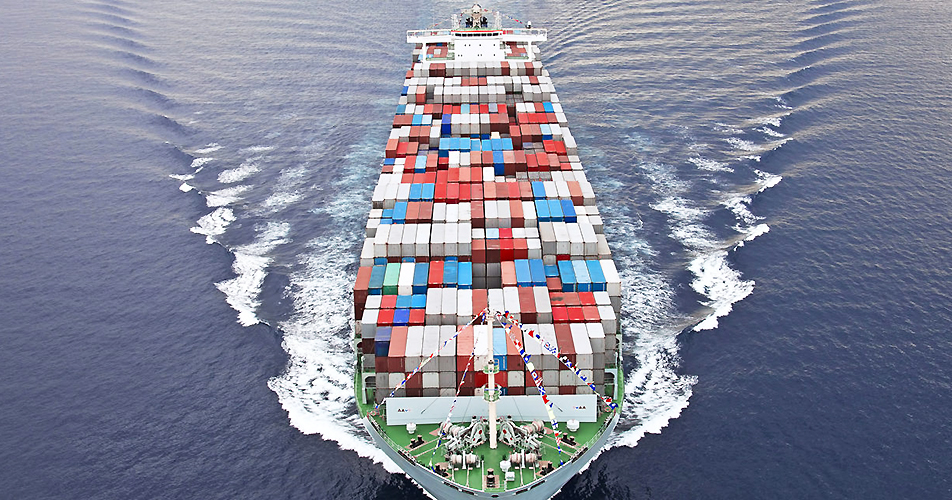Next month’s inbound cargo volume at the nation’s major container ports is expected to top 2 million units for the first time since last fall as imports grow despite the latest supply chain challenges, according to the Global Port Tracker report released today by the National Retail Federation (NRF) and Hackett Associates.
“U.S. imports are continuing to increase despite another disruption impacting U.S. ports,” said NRF VP for Supply Chain and Customs Policy Jonathan Gold. “As retailers have adjusted to limits on the use of the Panama Canal and the Red Sea, we now face the shutdown of the Port of Baltimore to vessel traffic. While it is not expected to have a national impact, the tragic collapse of the Francis Scott Key Bridge shows the ongoing need for flexibility and resiliency in every company’s supply chain. We are monitoring the situation closely as retailers who are affected adjust their shipping plans to ensure cargo is getting to where it needs to be.”
The Port of Baltimore has been closed to vessel traffic since a container ship struck a major bridge on March 26, collapsing the span and blocking the only shipping channel into the harbor. Baltimore is not included in Global Port Tracker’s national totals because it reports its data later than other ports, but the shutdown has had a regional impact, and cargo that would go there was diverted to other East Coast ports. The port handled 48,000 Twenty-Foot Equivalent Units, one 20-foot container or its equivalent, in January 2024.
“The Baltimore bridge accident will likely shift container imports and exports to New York/New Jersey, Virginia and other surrounding ports until a shipping channel is cleared, perhaps as soon as within a couple of months,” added Hackett Associates Founder Ben Hackett.
Meanwhile, carriers have rerouted around the Red Sea and Suez Canal after attacks on vessels earlier this year, adding additional vessels and increasing vessel speed to make up for longer voyages. “Doing so has resulted in relatively stable supply chains within a short period of time,” Hackett said. “A word of caution, however, is that any further pressures on capacity could seriously impact the market.”
















